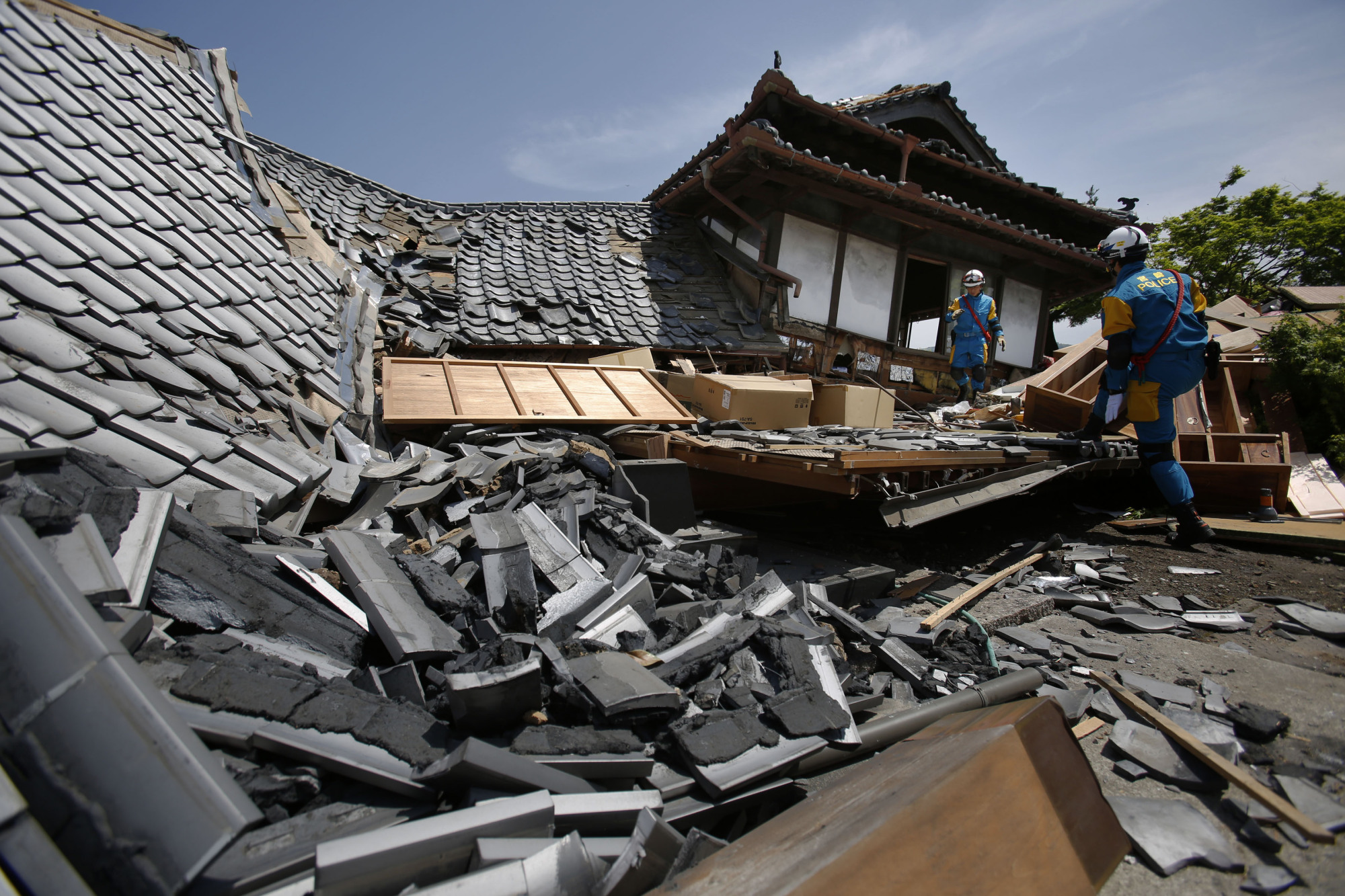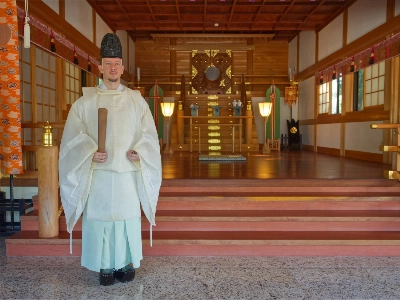What, if anything, were you thinking about earthquakes on the morning of March 11, 2011?
Most likely you weren't thinking about earthquakes at all. But if you were, it was probably that, as Japan's government regularly said, and the media regularly reported, Japan was mainly at risk due to two "expected" earthquakes: the magnitude 9 "Nankai Trough Great Earthquake" (off the Pacific coast from Shizuoka all the way to Kochi) and a magnitude 7 earthquake under Tokyo. Each of these "expected" earthquakes supposedly had roughly a 70 percent probability of striking in the next 30 years.
Later that day, at 2:46 p.m. to be precise, the magnitude 9.0 Great East Japan Earthquake struck Japan's Pacific Coast from Iwate to Ibaraki prefectures, causing over 18,000 deaths and the tsunami that lead to the Fukushima nuclear disaster. As this devastating earthquake struck a completely different part of Japan than the "expected Great Nanakai Trough Earthquake," the seismologists chosen as advisers by Japan's government were reduced to repeatedly stating to TV interviewers that it was "completely unexpected" ("sotei gai").



















With your current subscription plan you can comment on stories. However, before writing your first comment, please create a display name in the Profile section of your subscriber account page.